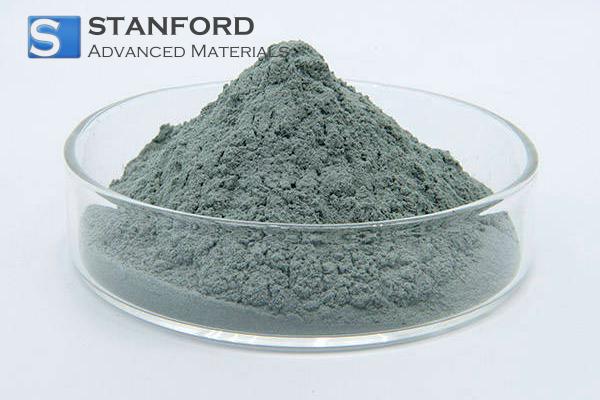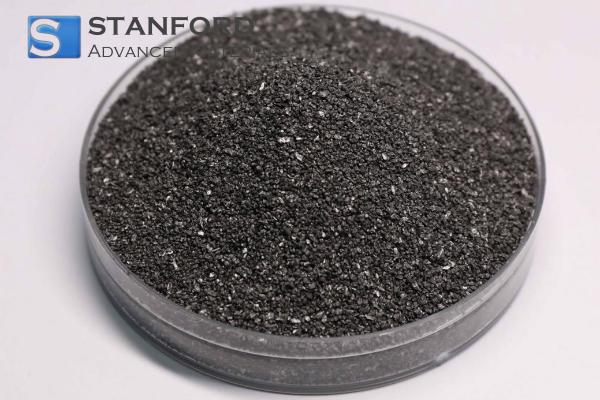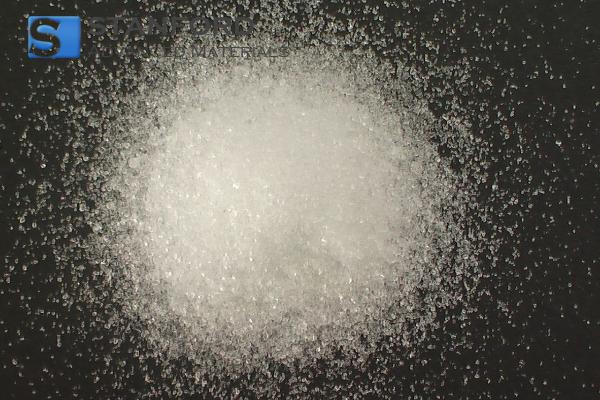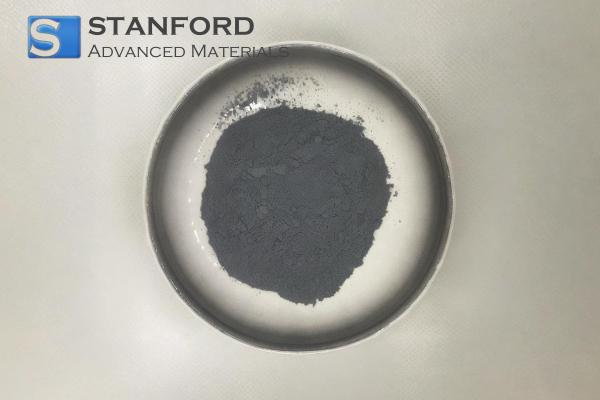Vapor Pressure: Basics And Examples
Introduction: What is Vapour Pressure?
Vapour pressure is a crucial thermodynamic and physical chemistry term that describes the equilibrium pressure of a vapour over its liquid or solid form at a given temperature. It informs us how easily a substance will evaporate. An evaporation-quick liquid has high vapour pressure (e.g., acetone), while an evaporation-slow liquid has low vapour pressure (e.g., mercury).
How Vapour Pressure Works
At any temperature, some molecules in a liquid have sufficient kinetic energy to evaporate into the vapour phase. More and more molecules evaporate, and some of them return in the process of condensation. At the point where the rate of evaporation equals the rate of condensation, the system is in equilibrium—the vapour pressure at the given temperature is described by this equilibrium. Exponential dependence of the vapour pressure on temperature follows from the Clausius–Clapeyron equation.
Factors Influencing Vapour Pressure
1. Temperature
Temperature has the most direct effect on vapour pressure. With increased temperature, molecular kinetic energy increases, and more molecules can escape the liquid phase. For instance, water vapour pressure increases from 17.5 mmHg at 20°C to 760 mmHg at 100°C, where it boils under standard atmospheric pressure.
2. Intermolecular Forces
Greater intermolecular forces—such as hydrogen bonding or van der Waals forces—lower vapour pressure. Hydrogen-bonding water possesses a much lower vapour pressure compared to weak dipole-dipole-interacting acetone.
3. Nature of the Substance
The molecule's shape also matters. Substances with lighter, less polar molecules (diethyl ether) have higher vapour pressures than heavier or more strongly bonded ones (glycerol or mercury).
Methods for Measuring Vapour Pressure
1. Manometric Method
This is the classical technique in which the liquid is contained in a sealed vessel and the equilibrium vapour pressure is measured directly with a manometer after equilibrium has been reached. It provides accurate readings at low to moderate pressures.
2. Dynamic Method
This method quantifies vapour pressure from the variation in the liquid volume or weight with time as vapour is released. It is mainly applied to quickly evaporating substances or for elevated temperatures.
3. Effusion Method
The number of gas molecules leaving through a small pore (effusion) varies linearly with vapour pressure. It is suitable for minute samples and volatile substances.
4. Clausius–Clapeyron Calculations
For the majority of substances, direct measurement is not possible. Vapour pressure at various temperatures is then determined from the Clausius–Clapeyron equation based on experimentally determined boiling points and enthalpy of vapourisation.
Practical Significance of Vapour Pressure
1. Meteorology and Climatology
Vapour pressure directly relates to humidity—a vital parameter in weather forecasting and precipitation. For instance, relative humidity (RH) is the actual water vapour pressure to saturation vapour pressure ratio at any given temperature. Accurate measurement of vapour pressure aids in predicting dew points, fog, and rainfall.
2. Industrial and Chemical Engineering
In vapour pressure, evaporation, and chemical separation, vapour pressure dictates how substances behave upon heating and cooling. Petroleum refining depends on vapour pressure differences to separate hydrocarbons such as hexane and toluene by fractional distillation.
In refrigeration, the refrigerant such as R134a or ammonia is selected in part for their vapour pressure properties—they must evaporate and condense adequately within a safe range of pressures.
3. Pharmaceutical Applications
Drug formulations containing volatile components must consider vapour pressure to ensure stability and shelf life. For instance, ethanol-based antiseptic gels use formulations with controlled vapour pressures to balance effectiveness and evaporation rate.
4. Environmental Science
Vapour pressure also determines how contaminants, like volatile organic compounds (VOCs), behave in the atmosphere. Highly vapour-pressure compounds, such as benzene or acetone, significantly contribute to the formation of smog and are heavily regulated in the environment.
Examples and Data
|
Substance |
Vapour Pressure at 20°C (mmHg) |
Vapour Pressure at 100°C (mmHg) |
|
Water |
17.5 |
760 |
|
Ethanol |
44.6 |
400 |
|
Acetone |
180 |
760 |
|
Methanol |
95.3 |
1300 |
|
Benzene |
75.1 |
450 |
|
Diethyl Ether |
430 |
5800 |
|
Mercury |
0.0012 |
0.2 |
|
Hexane |
150 |
450 |
|
Toluene |
22.3 |
230 |
|
Chloroform |
160 |
500 |
These figures illustrate how molecular forces and temperature affect volatility. Diethyl ether, for instance, boils rapidly at room temperature due to its high vapour pressure, while mercury approaches non-volatility even at high temperatures. For further information, please check Stanford Advanced Materials (SAM).
Frequently Asked Questions
What is vapour pressure?
Vapour pressure is the pressure of a vapour in equilibrium with its liquid or solid at a given temperature.
How does increasing temperature increase vapour pressure?
Because molecules gain kinetic energy and more easily overcome intermolecular forces, there is more evaporation.
Why is water not as volatile as acetone?
Water's high hydrogen bonds require more energy to break and are therefore less volatile.
Can vapour pressure predict volatility?
Yes. Greater vapour pressure indicates greater volatility and more rapid evaporation.
Why is vapour pressure so important for weather forecasting?
It is used to calculate humidity, dew point, and condensation—essential to forecast rain and cloud development.

 Bars
Bars
 Beads & Spheres
Beads & Spheres
 Bolts & Nuts
Bolts & Nuts
 Crucibles
Crucibles
 Discs
Discs
 Fibers & Fabrics
Fibers & Fabrics
 Films
Films
 Flake
Flake
 Foams
Foams
 Foil
Foil
 Granules
Granules
 Honeycombs
Honeycombs
 Ink
Ink
 Laminate
Laminate
 Lumps
Lumps
 Meshes
Meshes
 Metallised Film
Metallised Film
 Plate
Plate
 Powders
Powders
 Rod
Rod
 Sheets
Sheets
 Single Crystals
Single Crystals
 Sputtering Target
Sputtering Target
 Tubes
Tubes
 Washer
Washer
 Wires
Wires
 Converters & Calculators
Converters & Calculators
 Write for Us
Write for Us





 Chin Trento
Chin Trento



